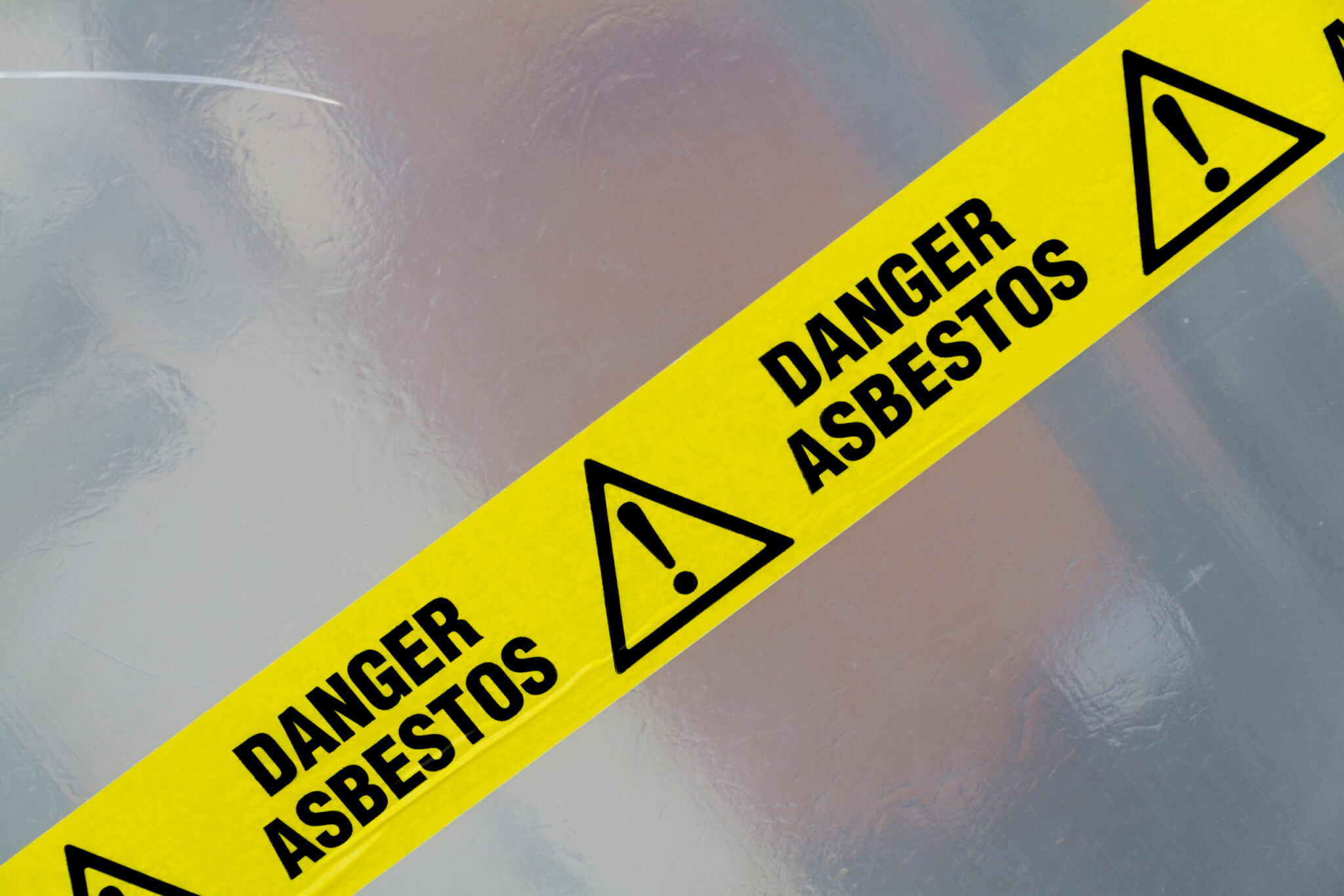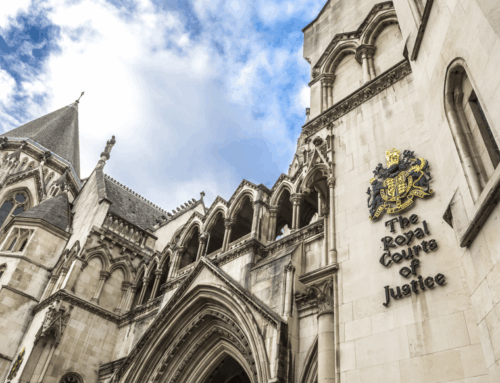Mooneerams Solicitors works closely with trusted partners who are among the country’s most experienced asbestos disease compensation solicitors. Asbestos compensation claims require the expertise of specialist solicitors, as this is a complex area of law.
While most people are aware that asbestos is a danger to their health, most don’t understand much about asbestos-related illnesses, unless or until they are affected by them in some way.
We probably get asked more questions about asbestos disease claims than any other area of law that we cover.
In this blog, we’ve set out to answer some of the most frequent questions we get asked about asbestos disease claims.
1. What is Asbestosis?
The word ‘asbestosis’ is wrongly used by many as a general term for asbestos-related disease. There is a condition called asbestosis, but it is an asbestos disease in its own right and not a group name for all asbestos diseases. Asbestosis occurs when the lungs become scarred due to prolonged exposure to asbestos fibres.
The other primary asbestos diseases, which all give rise to specific types of asbestos claims, are: –
- Mesothelioma – a tumour which grows in the external lining of the lungs (pleura) or in the lining of the abdomen (peritoneum).
- Asbestos Related Lung Cancer – lung cancer that has been caused by exposure to asbestos. Usually, people think of lung cancer as something that’s mainly caused by smoking, which is not always the case. Many who get asbestos lung cancer and were exposed to asbestos were also smokers. However, they may still be able to claim compensation for asbestos exposure.
- Diffuse Pleural Thickening – Often simply referred to as pleural thickening, this condition is caused by scarring of the outer lining of the lungs. It causes breathing difficulties that vary in severity. Lower levels of asbestos exposure can cause pleural thickening, unlike the other asbestos diseases, which are caused by heavier doses of asbestos fibres.
2. I have Pleural Plaques – Can I make a claim for asbestos disease compensation?
In addition to the four types of asbestos diseases referred to above, there is a condition called pleural plaques that is also caused by exposure to asbestos.
‘Pleural Plaques’ is scarring of the thin membrane that covers the lung (also known as the pleura). Pleural plaques are benign (non-cancerous) and usually asymptomatic, meaning that they do not cause pain or have any debilitating effects in the same way that, say, asbestos lung cancer has. People with pleural plaques are often only diagnosed by accident when they undergo a routine check-up or are x-rayed for an unrelated matter.
It was possible to claim compensation in England and Wales for pleural plaques until a House of Lords decision in 2007. The judges in this case ruled that individuals with asymptomatic pleural plaques did not have an actionable case. In brief, this meant their condition did not justify them getting compensation.
As a result of this decision, the government introduced a scheme that enabled those who had started to claim for pleural plaques before October 2007 to receive a one-off payment of £ 5,000 from the government. After August 1, 2011, no further claims were allowed.
For those exposed to asbestos in Scotland and Northern Ireland, it is still possible to bring claims for pleural plaques compensation. The legal systems in both those countries differ from that in England and Wales.
If someone has pleural plaques, it does not mean that they are likely to develop one of the other illnesses. However, the fact that pleural plaques have been diagnosed indicates that there is asbestos present in the pleura, which could later give rise to another asbestos disease, although that is not the norm.
3. Asbestos has been banned, hasn’t it? So why are people still being diagnosed with Asbestos diseases?
This is due to a phenomenon known as the ‘latency period.’
Asbestos was finally banned in its entirety in 1999 when the use and importation of chrysotile (white asbestos) became illegal. However, crocidolite (blue asbestos) and amosite (brown asbestos) had been banned in 1985. The latter two forms were the deadlier types of asbestos.
So, it does seem strange that people who worked with asbestos and thus gained exposure to it in the 60s, 70s and 80s are still, only now, being diagnosed with asbestos-related illnesses.
The reason is due to the latency period, which is the time that passes between exposure to asbestos and the onset of symptoms. The latency period for asbestos disease is at least 10 years, but more usually over 20, and can be as much as 50 years.
Eventually, fresh diagnoses of asbestos disease in the major western countries where asbestos has been banned for some time should die out. Still, at the moment, there seems to be no imminent slowing down.
An HSE Report in 2009 predicted that deaths from mesothelioma amongst males should have reached a peak in 2016. That did not prove to be the case. The official number of asbestos-related disease deaths for 2024, as published by the Health and Safety Executive (HSE) 2024, reveals there were over 5000 deaths from asbestos disease in the year. This figure has remained relatively stable for several years.
4. If I was exposed to asbestos in the 1960s or 70s, is it too late to make a claim now I’ve just been diagnosed?
No, it’s not too late. It doesn’t matter that the exposure happened a long time ago. What matters is when you were diagnosed.
When people talk about being ‘too late’ to claim, they’re referring to something called the ‘limitation period’. This is a legal time limit for starting a claim.
In most personal injury and industrial disease cases, the time limit is three years. That’s usually three years from the date of the injury or the date you found out you were injured.
So, in your case, the three-year clock starts when you get a diagnosis of an asbestos-related illness, not from when you were exposed.
For example, in a car accident claim, you have three years from the date of the crash to start legal action. It works in a similar way with asbestos disease, but the clock only starts ticking when you know, due to a diagnosis, or strongly suspect you’ve been harmed due to working with asbestos in the past.
5. What if I develop an asbestos-related illness but die before I can make a claim? Can my family claim after I’ve passed away?
Yes, they can.
If you’d already started a claim but passed away before it was finished, the executors of your will (or your next of kin if there’s no will) can carry on with the claim on your behalf.
Mesothelioma, for example, is a very aggressive illness. Sadly, people are often diagnosed quite late and don’t live long enough to start or finish a claim.
In cases of asbestos-related deaths, the deceased’s loved ones can still begin a claim, but they must do it within three years of the date the deceased passed away.
Even if you weren’t diagnosed while you were alive, but a post-mortem later shows you had an asbestos-related disease, a family member can still make a claim.
It can get complicated. So, if you’ve lost someone and believe asbestos exposure was to blame, it’s best to get legal advice as soon as possible.
Asbestos disease compensation is one area of law that is a mystery not only to the general public but also to many solicitors.
That is why, if you have been diagnosed with an asbestos illness or if you think you may have been exposed to asbestos many years ago and are now worried that you might have an asbestos-related disease, you should contact Mooneerams Solicitors on 029 2199 1927 and we’ll make sure you get the expert advice you need.
To learn more about asbestos disease claims, visit our extensive Asbestos Disease Compensation page or our in-depth Asbestos Claims Legal Guide.










